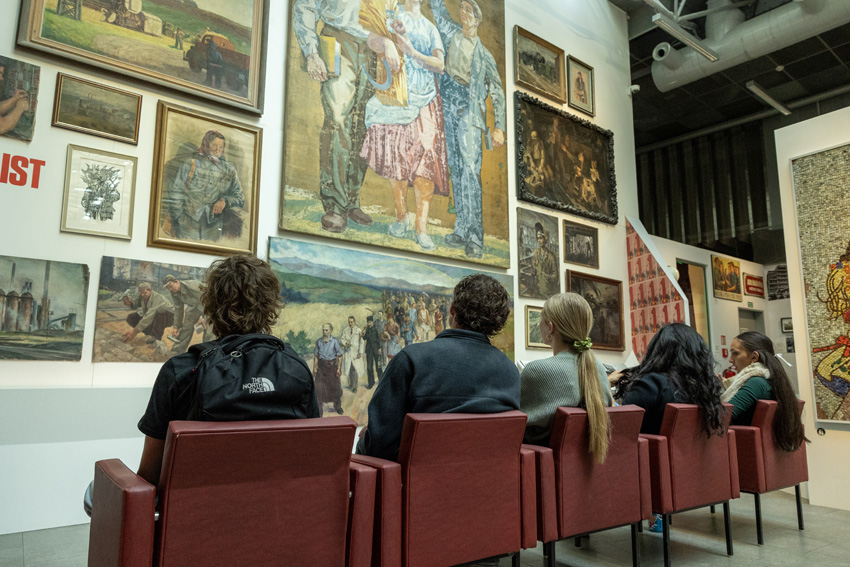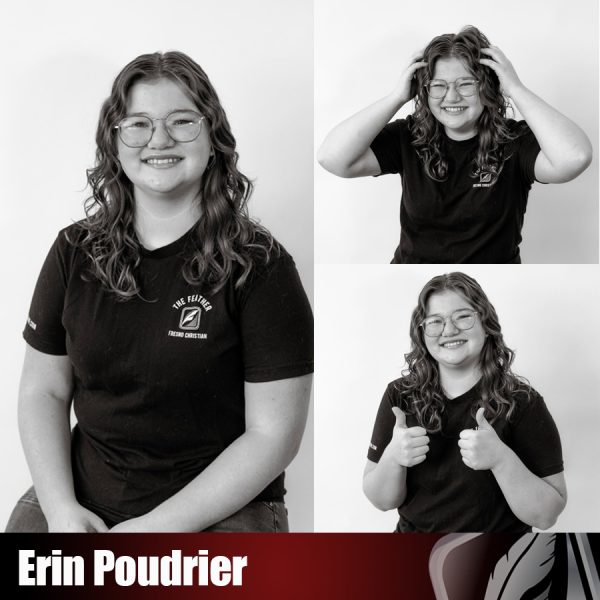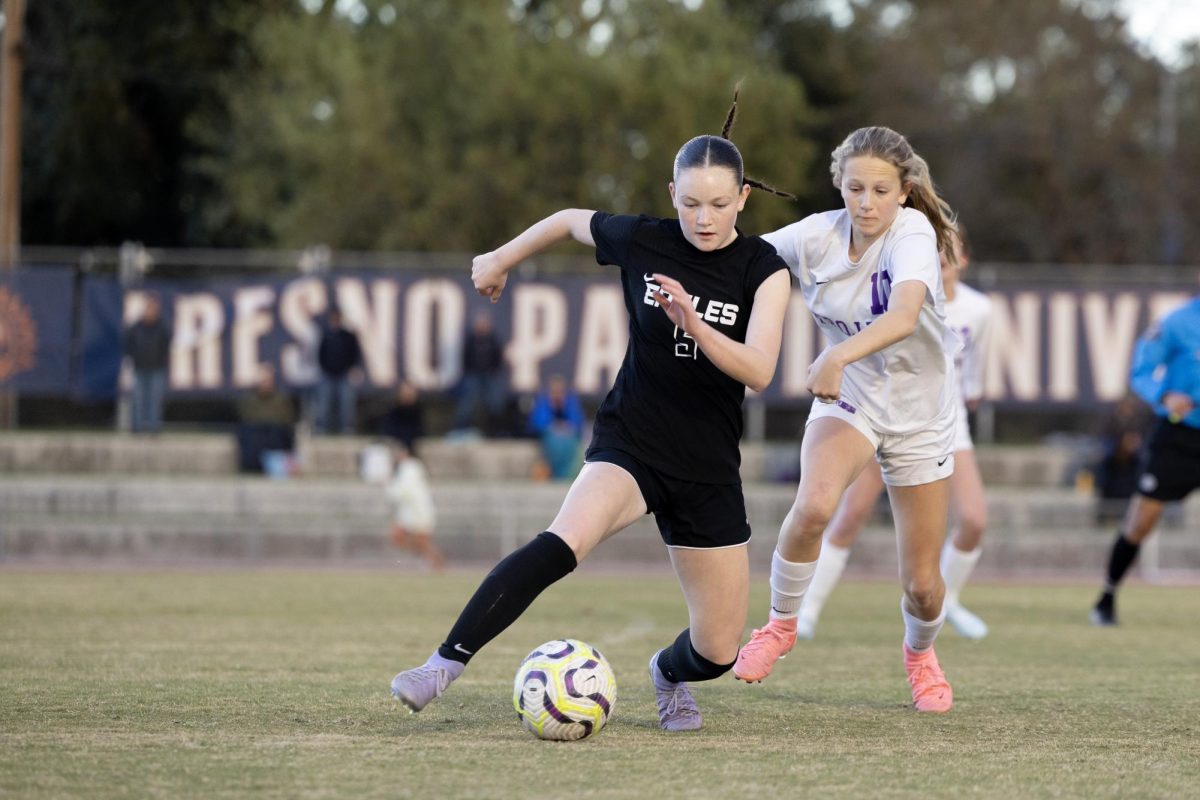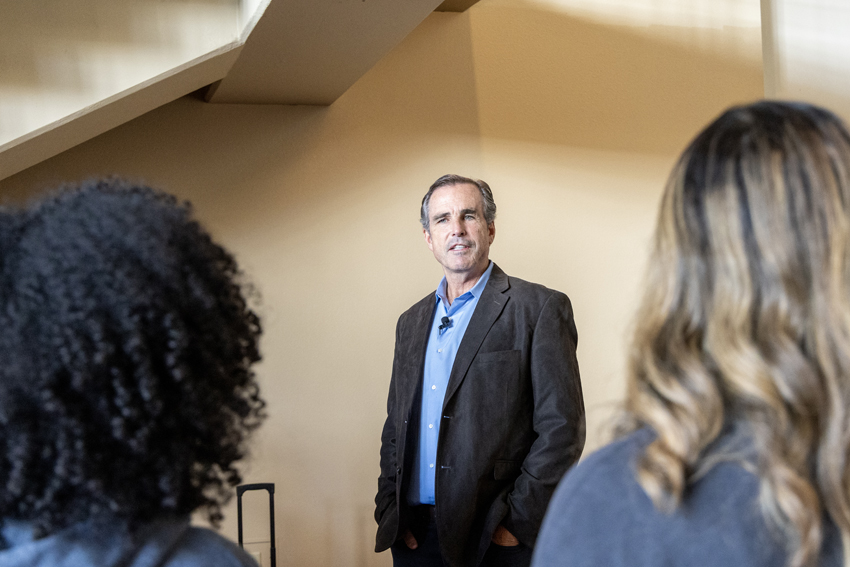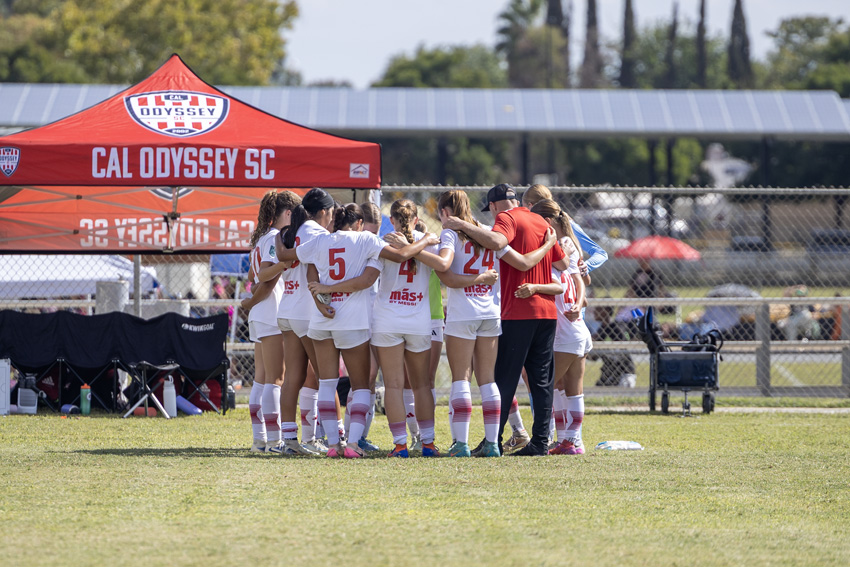Jetting off to Eastern Europe over spring break, 39 from the Fresno Christian community embark on a journey through the cobblestone streets of whimsical Prague and Česky Krumlov, the grandeur of Vienna, the pearl of the Danube: the beauty of Budapest, and the historically-rich city of Krakow. History Teacher Kori James partnered with EF Student Tours to plan a customized adventure through some of the most intriguing and beautiful cities in Europe. This article is part of a student series highlighting their travel experiences.
While in Prague, students visited to the Museum of Communism and later perused the Kunsthistorisches Museum in Vienna. These world-renowned museums offer a glimpse into European history, culture and art with many masterpieces.
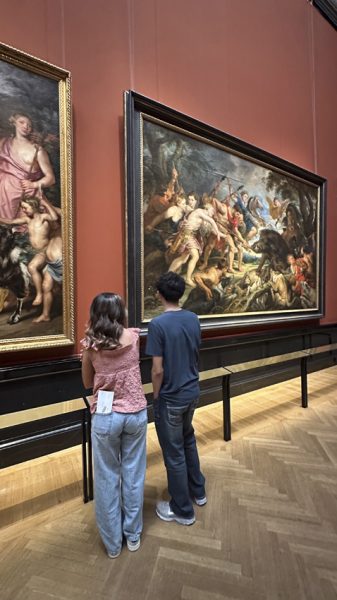
Kunsthistorisches Museum
The Kunsthistorisches Museum (KHM) or Art History Museum features art from over a 400-year period, from the 15th century to the era of Maria Theresa the Habsburg Empress. They also have artwork from ancient Egypt and the late 18th century. The Kunsthistorisches museum is an intricate building with many statues and amazing staircases that lead to every floor.
Junior Caleb Eldridge treasured this trip with all the new experiences and thought that this museum was a great experience.
“It was a really unique experience to see art like that, since I’d never really seen anything like it before then,” Eldridge said. “There were a lot of biblical and historical pieces, which I found really interesting.”
KHM has a twin called the Naturhistorisches Museum, which is the Natural History Museum. The museum was going to be a building along the new Ringstrassen, a historical sightseeing boulevard in Vienna, but in the end the museum’s design was drawn up with Emperor Franz Joseph’s approval by Gottfried Semper and Karl Freiherr von Hasenauer.

KHM and the Natural History Museum are separated by the Maria Theresien-Platz, a public square that connects the Ringstrassen with the museums quartier. KHM officially opened in 1891 after 20 years of building it. The statues on the outside of the building go in chronological order starting in the back with the ancients and moving forward in time as you get to the front.
Sophomore Ethan Klassen enjoyed going to KHM and seeing all of the historical pieces that they had. He loved the ancient Egyptian and Roman rooms.
“The Vienna art museum was absolutely incredible, my favorite part was seeing all of the ancient artifacts from Rome and Egypt,” Klassen said.
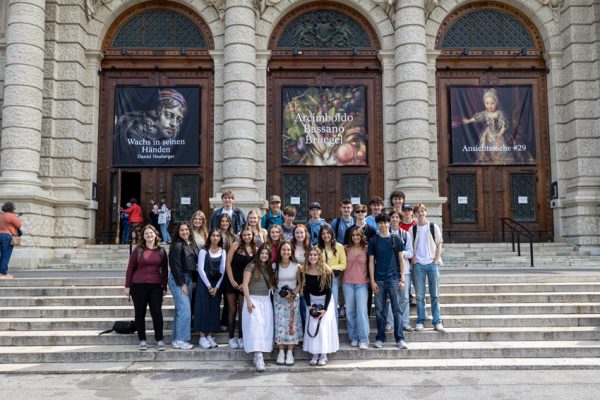
KHM has many antiques that span over 3,000 years. They showcase about 2,500 unique objects from ancient Greece, the Roman Empire and other cultures. They have the Habsburg family picture gallery.
Museum of Communism
The Museum of Communism focuses on the communist era, 1948-1980, in Czechoslovakia. They have many different sections in the museum. They have propaganda, athletics, politics, and many others.
This museum started in December 2001 to educate the public about the human rights that were violated during this time. The museum focuses on the totalitarian regime that ruled during the time of the February Putsch in 1948 to the Velvet Revolution in 1989.
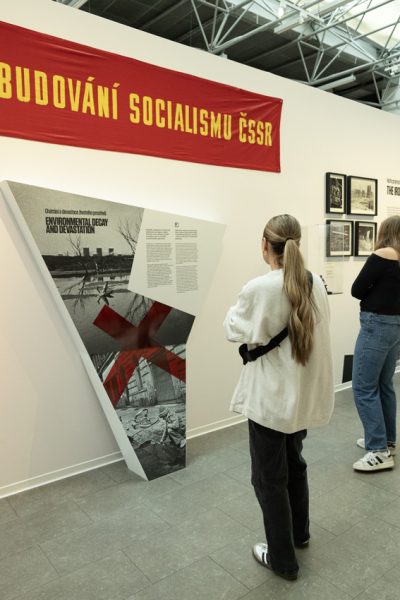
The Museum of Communism is set up like a maze as it leads you to the next section. There are 62 panels throughout the whole museum that explain how each section connects to how the communist era in Czechoslovakia was like and how it felt to be there. One exhibit shows old propaganda posters on one wall… Another portion features Olympic sports with an athlete’s dorm room setup.
Ashley Poudrier was a chaperone on the trip and appreciated getting a deeper understanding of what communism was like in Czechoslovakia. She loves history and learning about World War II and the start of communism.
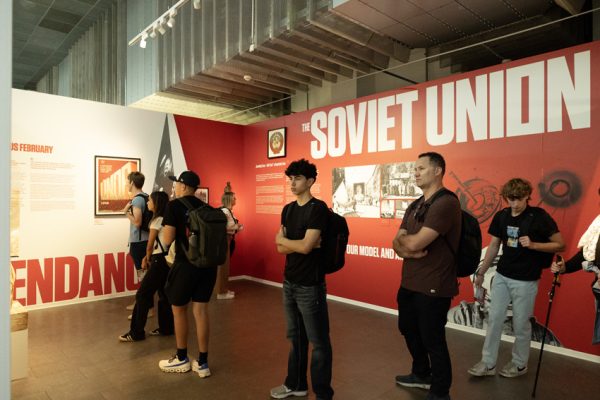
“I thought the communist museum was educational,” Poudrier said. “I like that it went through the history of how they came to power and how it fell. It also highlighted the difference between the elite and the common people and how the government abused people that spoke out against the government.”
Poudrier said she doesn’t necessarily think about these aspects of Communism, but these exhibits brought it back the details back to her memory.
At the end of the museum after you have read the panels and see the pictures, there is a cinema that plays every 20 minutes. It shows a “Time of Shame, Silence, and Hope,” a documentary by Josef Císařovský.
Both museums invite visitors to experience history in a deeper way using the five senses.
To read more from The Feather Online visit European architecture captivates traveling students or Opinion: Student shares perspective on visiting Auschwitz-Birkenau



